Willem de Kooning in 5 Works: A Look at the Abstract Expressionist Master
Willem de Kooning was a pivotal figure in 20th-century art and a leading force in Abstract Expressionism. His dynamic brushwork, complex...
Carlotta Mazzoli 18 July 2024
When one thinks of Abstract Expressionism, the name Barnett Newman should pop up immediately. He was a pillar of the movement and his contribution to contemporary art cannot be underestimated. Newman considered art to be an act of self-creation and a declaration of freedom. Even though he wasn’t acknowledged during the 1950s when he produced phenomenal pieces, Newman found recognition by the end of his life. The Minimalists found their father in his art. Today, his works can be found in many major museums all over the world and they are sold for millions of dollars at auctions.
Barnett Newman was born on January 29, 1905. He was the son of Jewish immigrants from Poland. He studied philosophy at the City College of New York and graduated in 1927. For the next 15 years, Newman worked in the family clothing manufacturing business and as a substitute art teacher in New York schools.
In 1933, he ran for mayor of New York. He advocated for civic programs for the arts and anti-pollution measures. At the same time, Newman had been studying the writings of Henri David Thoreau and the anarchist Peter Kropotkin. Moreover, he was very interested in botany, geology, ornithology, and tribal art. Despite his many interests, Newman always stayed engaged with society. He maintained an awareness of all modern issues, such as Nazism and the atomic bombs.
In the 1930s, Newman made several paintings that were said to be Expressionist in style. However, he destroyed them all because he thought they were unworthy. He started painting again almost a decade later. It wasn’t until 1944 that Newman felt his work was finally mature. It was when he joined the New York milieu of Abstract Expressionists. The school included artists such as Clyfford Still and Jackson Pollock.
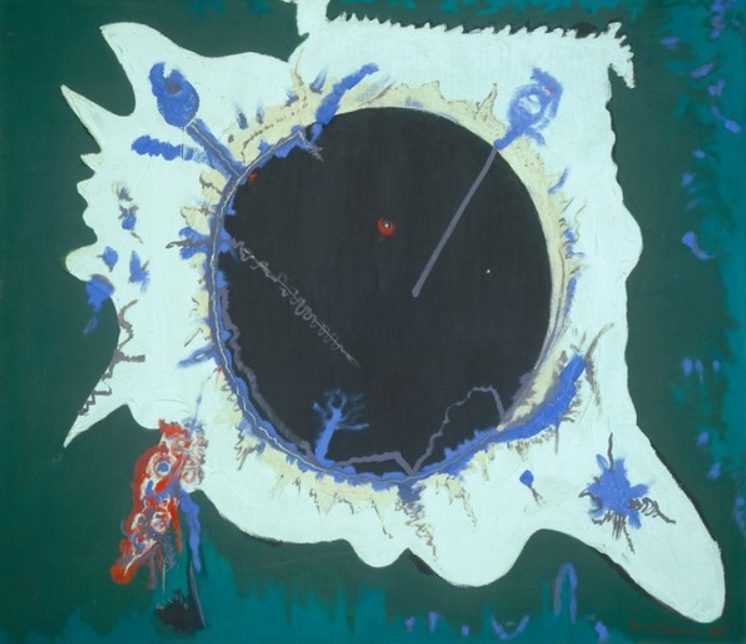
In 1948, he painted Ornament I, a piece that proved Newman had found his own voice. A vertical band, he called it a “zip”, connected the upper and lower margins of the painting. The zips stand out from fields of color in sparse compositions. This led the critics to call him a “color field painter.”
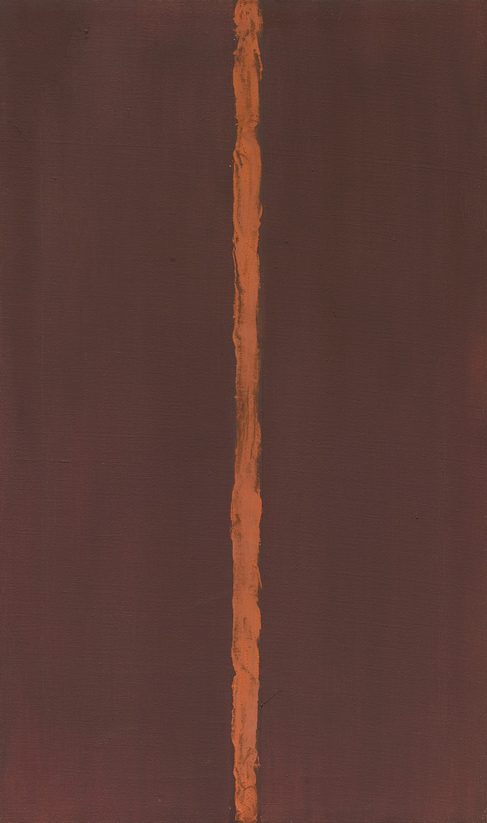





Newman wanted to start from scratch. Thus he painted as if painting never existed before.
The zips both separated and united the composition at the same time. In some of his 1950s paintings, the zip is all there is to the work. So the paintings were purely abstract and many of them originally untitled. Later on, Newman named them, hinting at a specific subject each time. They often had a Jewish theme. For instance, the painting Abraham (1949) has the name of the biblical patriarch and Barnett’s father.






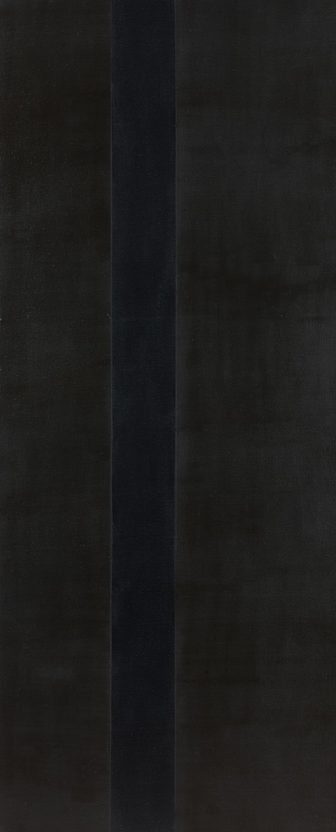





From 1958 to 1966, Newman created what would be his peak achievement, the Stations of the Cross series. The series is all in black and white. Quite a religious theme, the subtitle of the series is Lema sabachthani – Why have you forsaken me? According to the New Testament, those were Jesus’ last words on the cross. Stations of the Cross is a memorial to the victims of the Holocaust.
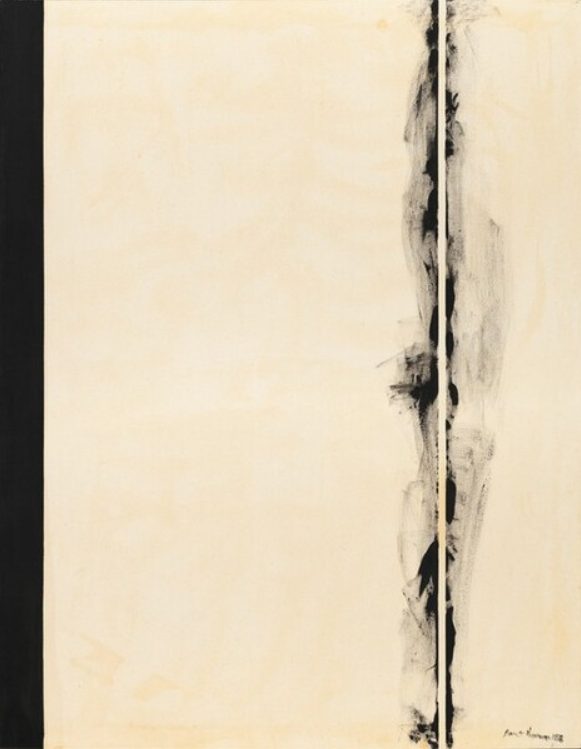











In his latest works, such as in the Who’s Afraid of Red, Yellow, and Blue series, Newman painted in pure vibrant colors on very large canvases. Anna’s Light (1968), named after his mother when she passed away three years earlier, is his largest work ever: 8.5 m by 2.7 m. He also worked with shaped canvases and sometimes he switched from oil colors to acrylics.
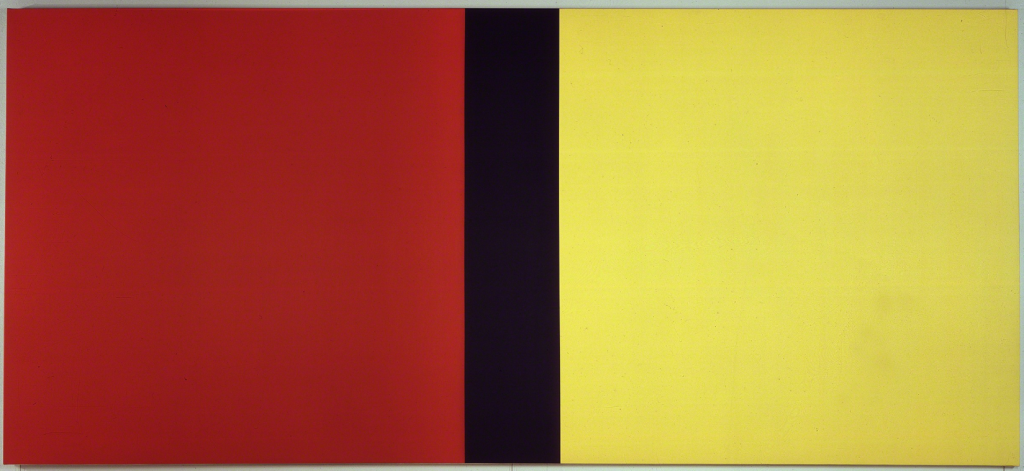





Nonetheless, Barnett Newman wasn’t only a painter. He was a sculptor and a lithographer too. His sculptures were only a few sleek pieces in steel. Broken Obelisk (1963) is the most popular and the most monumental. It represents an inverted obelisk, whose point balances on the apex of a pyramid. He also created a series of lithographs, the 18 Cantos (1963–1964), and a small number of etchings.
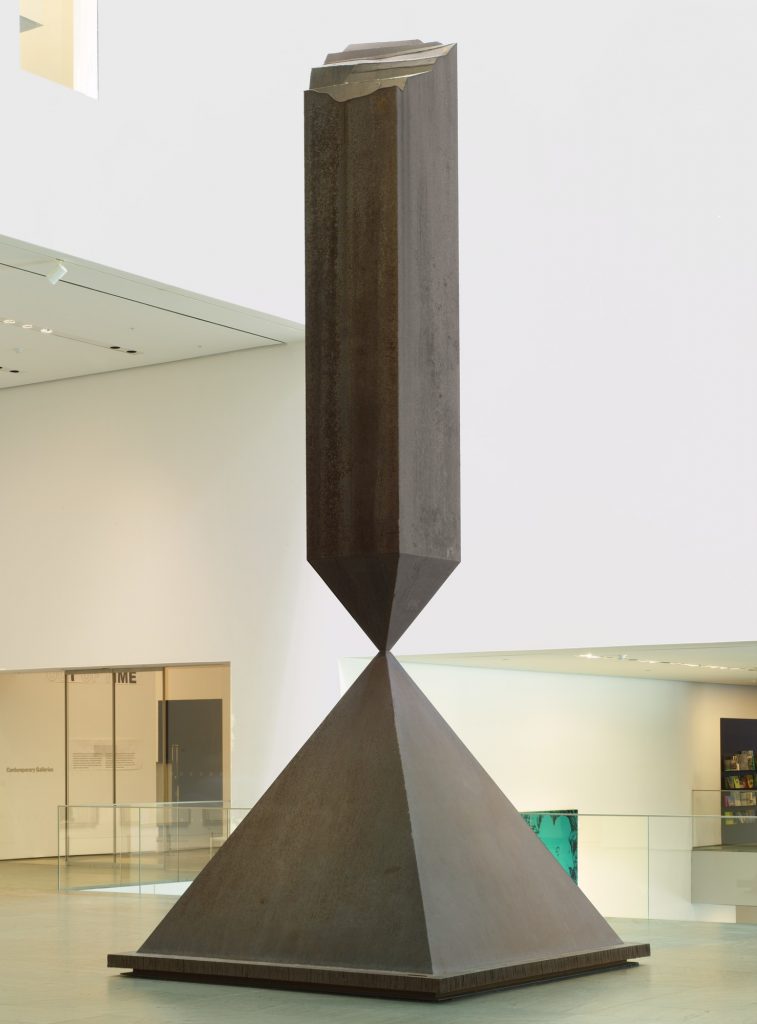





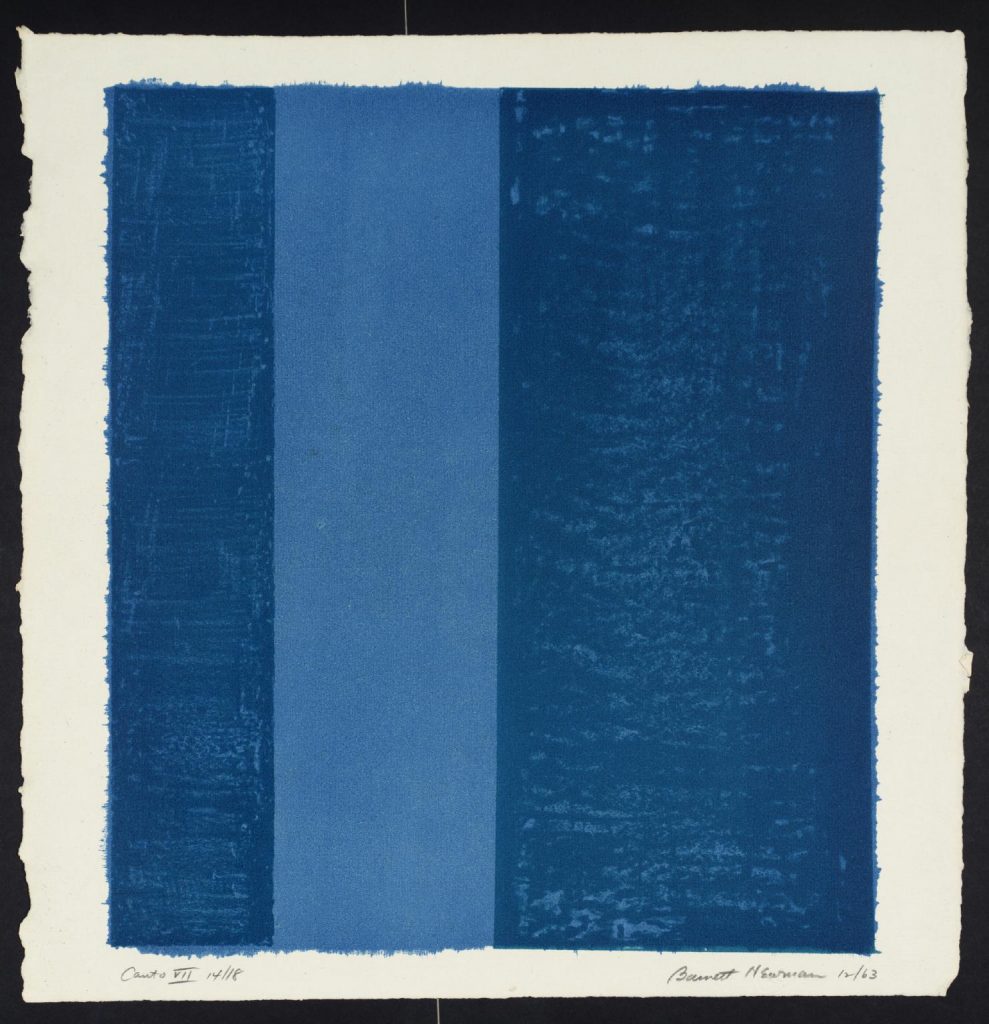





During the 1950s he was mostly mocked and dismissed as an artist. People preferred more colorful painters, such as Jackson Pollock. Even though Clement Greenberg, an influential art critic of the time, wrote enthusiastically about him, the situation didn’t change. Barnett Newman died on July 4, 1970. It was only in the last years of his life that he was taken seriously as an artist. Today, MoMA, Stedelijk Museum (Amsterdam), Tate Gallery, Art Institute of Chicago, and many other great museums and galleries have Barnett Newman’s paintings in their permanent exhibitions.
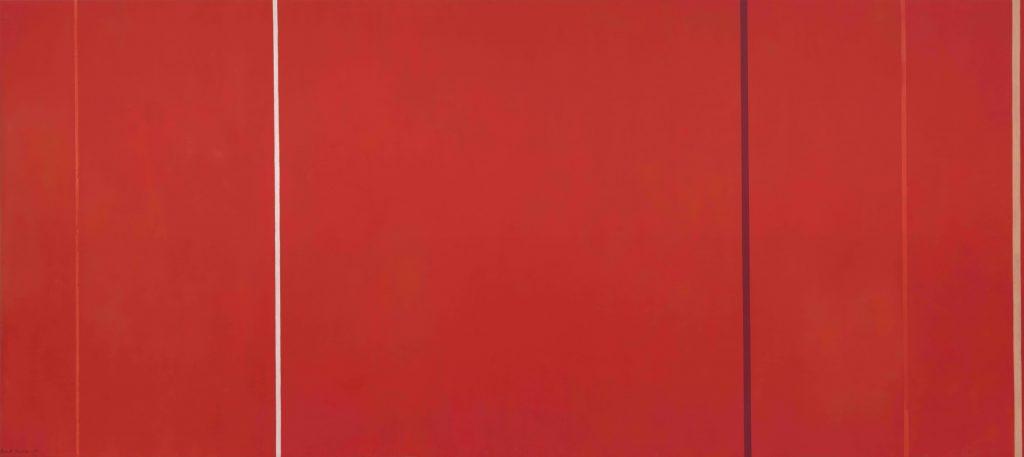





DailyArt Magazine needs your support. Every contribution, however big or small, is very valuable for our future. Thanks to it, we will be able to sustain and grow the Magazine. Thank you for your help!